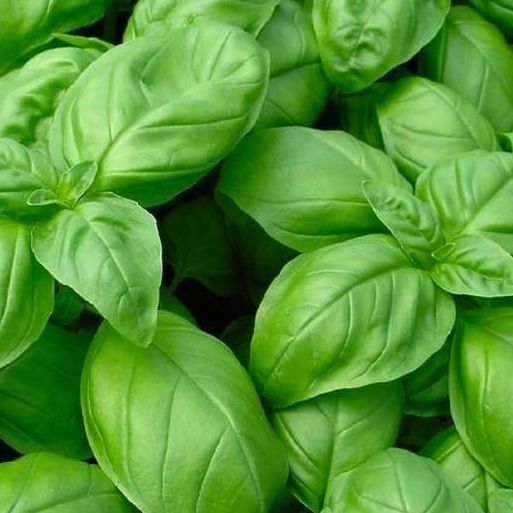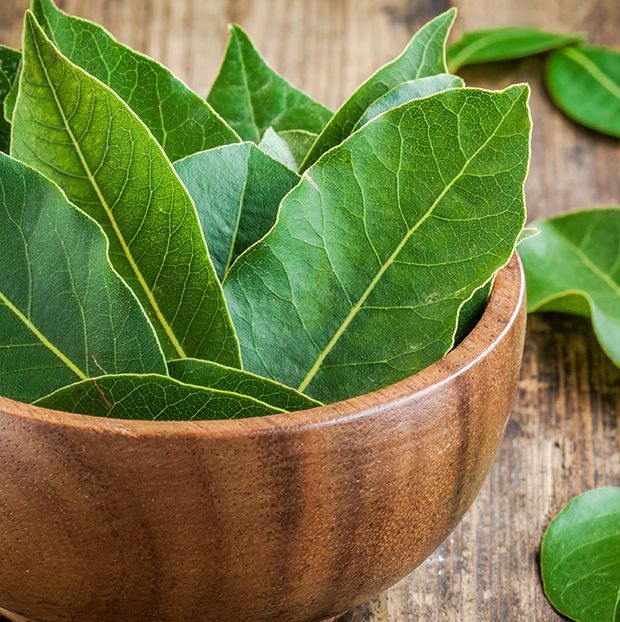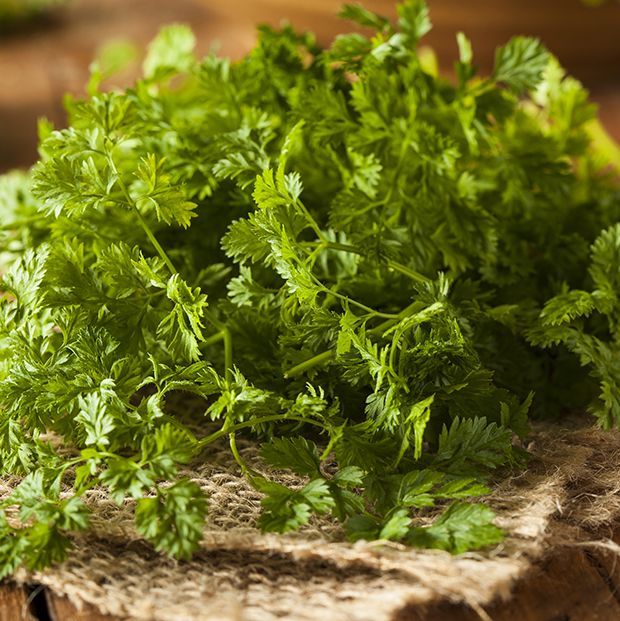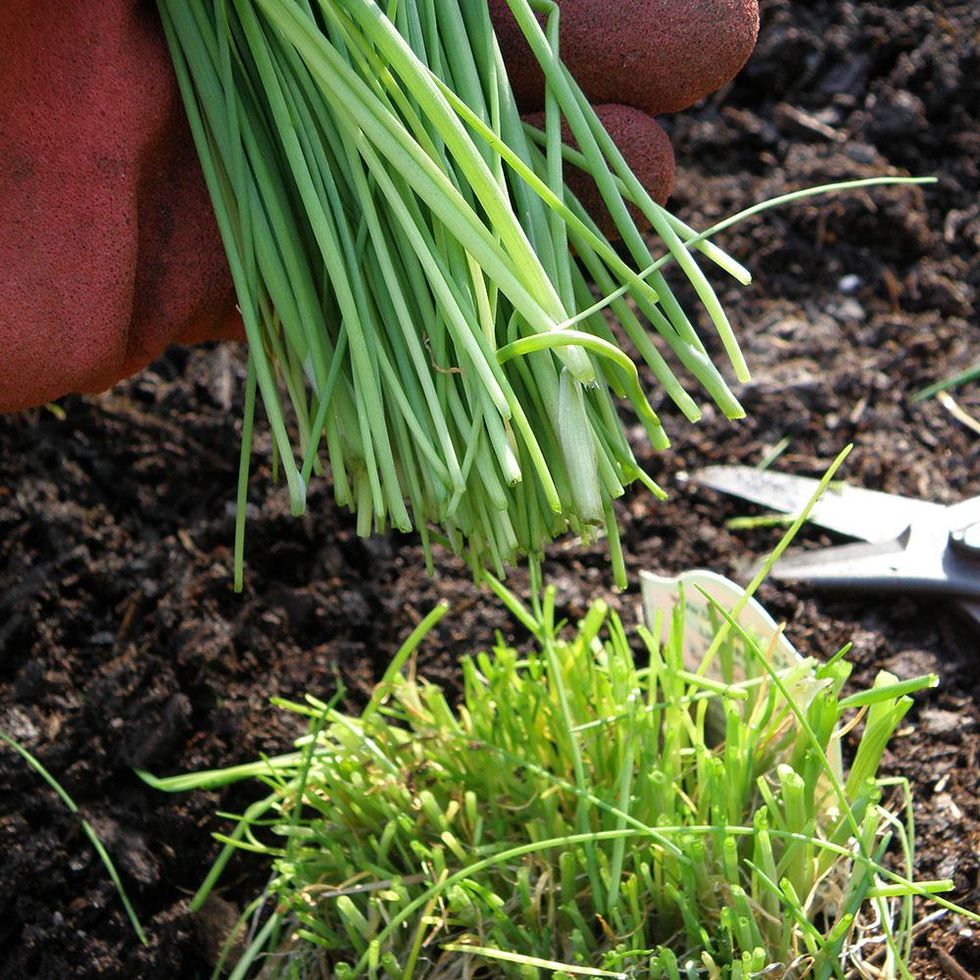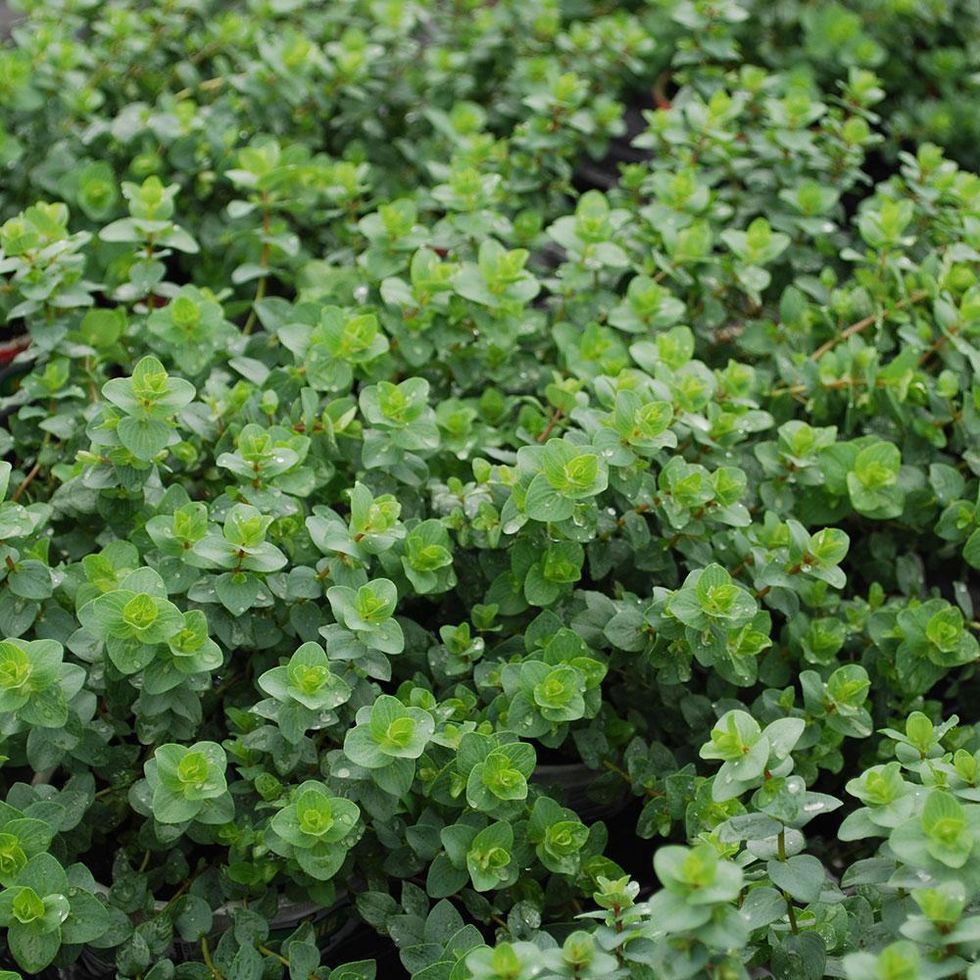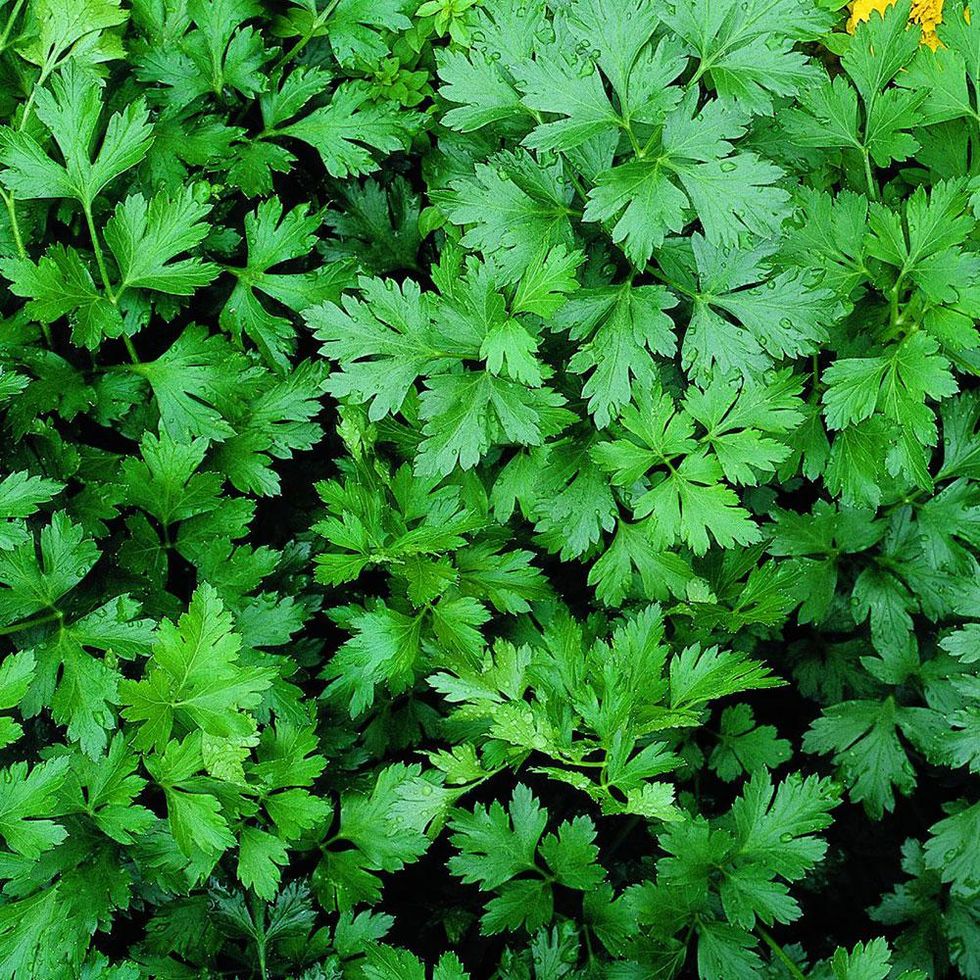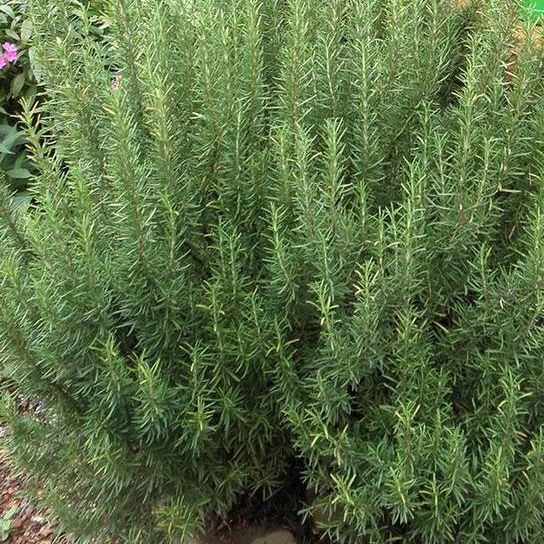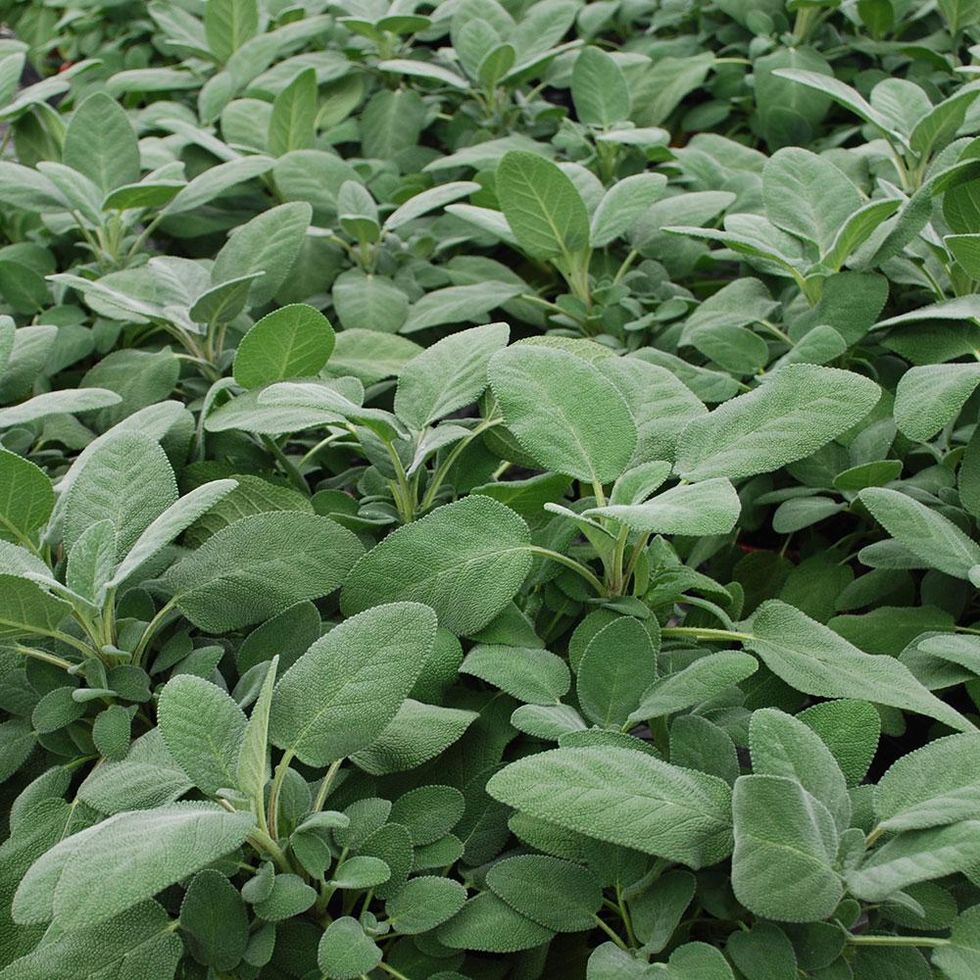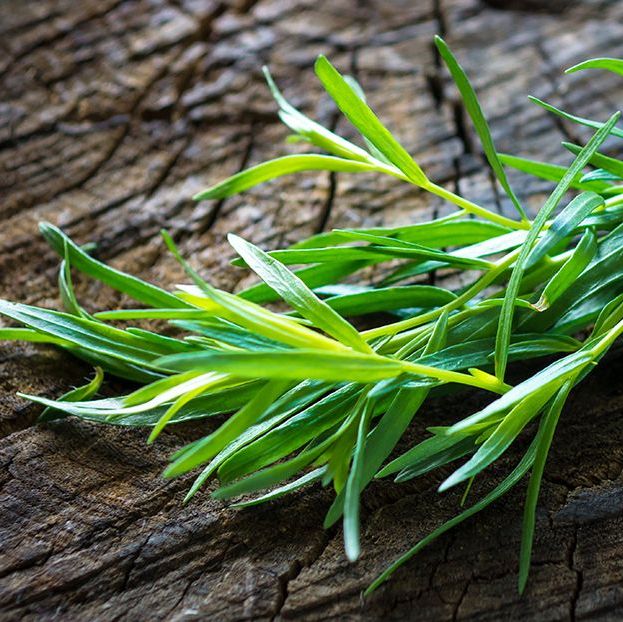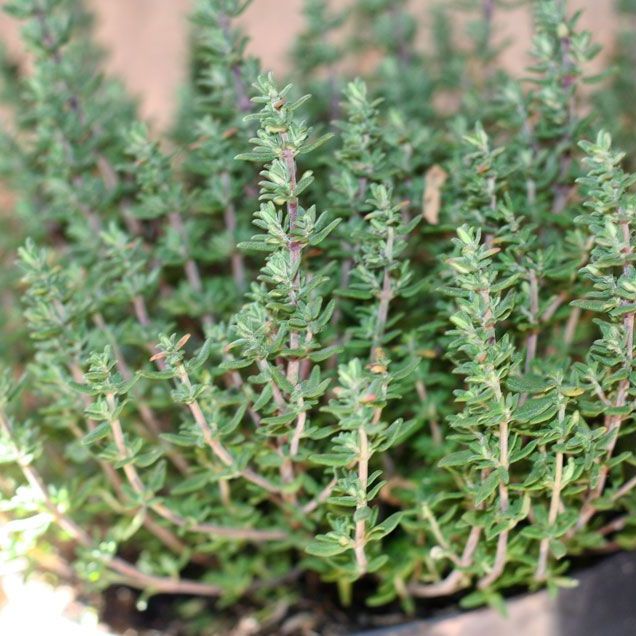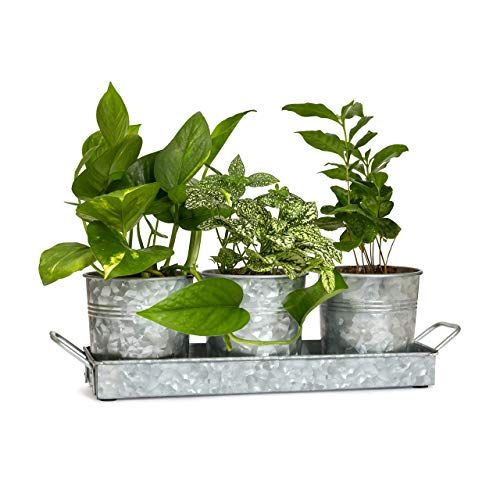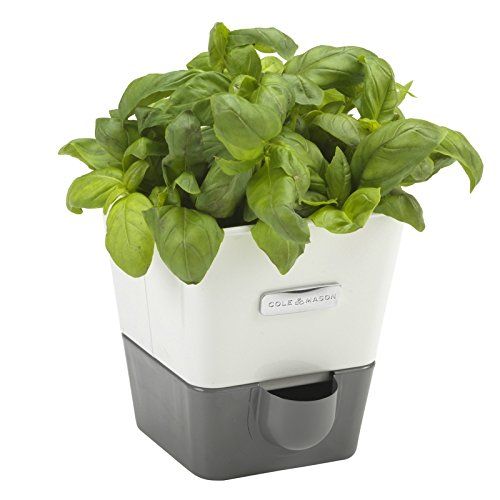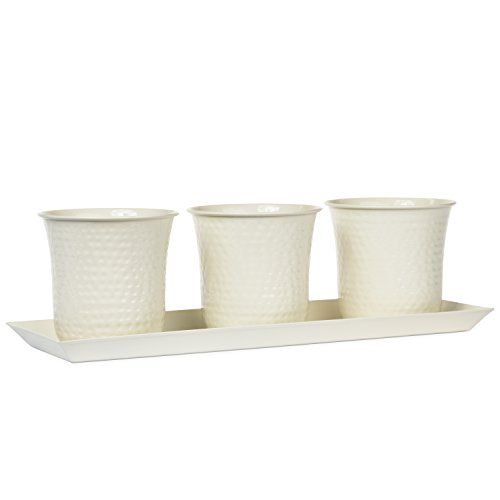A sunny windowsill is all you need to grow the kitchen garden of your dreams. Many of your go-to herbs like parsley, basil, and thyme will thrive indoors with the right care. Keep the harvest season going all winter long and flavor your favorite soups, veggies, roasts, and more with a never-ending supply of fresh-picked leaves.
Get the full details on how to best start, care for, and use your indoor herb garden below with 10 great plant varieties for nurturing inside. With the right amount of water and sunshine, you can skip the weeding and get straight to harvesting.
How to Grow Herbs
As a general rule of (green) thumb, place your herbs in a spot that gets at least six hours of sun daily. To test the strength of sun, Bonnie Plants suggests that you turn off all lights on a sunny or partly sunny day, and periodically check to see how natural sunlight there is.
In addition to sunlight, all herbs need to be planted in pots with good drainage. If you're concerned that the drainage holes will ruin your tabletop or windowsill, use a saucer or liner to catch any excess water. For specifics on watering and sun exposure, follow this guide.
Basil
Start basil from seeds and place the pots in a south-facing window; it likes lots of sun and warmth plus ample water, so keep the soil moist but not drenched. Pinch the tops of the plant frequently to encourage fuller growth.
Add your fresh basil to pizza and pasta sauces, ratatouille, salads, and more. Puree any extra leaves with a little water, then pour puree into an ice cube tray and freeze to user later in sauces, soups, and pesto.
Bay
Bay laurel is a perennial that actually does best using the container gardening method. Place the pot in an east- or west-facing window as it prefers full to partial sun. Thin the plant if it starts to get crowded. Bay needs air circulation to remain healthy.
Use bay leaves to flavor stews, soups, and sauces — or try making a fragrant, fresh-smelling wreath with any extra sprigs.
Chervil
Chervil is a delicate annual and a favorite flavor in French cuisine, hence its nickname, "French parsley." Start chervil seeds in spring or late summer. It prefers part light but needs temperatures between 65 degrees and 70 degrees to thrive. Like basil, chervil will grow fuller if you pinch the tops occasionally.
Add the leaves to soups, fish, veggies, and poultry. You can also use it to make your own herb butter.
Chives
This onion-y herb does quite nicely in a container with full sun. If you have one already in your garden, you can move it inside at the end of the growing season. Dig up a clump from your herb bed and replant it in a pot. Leave the pot outside until the leaves die back. In early winter, move the pot to your coolest indoor spot (like your basement) for a few days. Then place it in your brightest window.
Mince the leaves and sprinkle them in soups and salads or on top of eggs or baked potatoes. Even the purple flowers are edible and make great garnishes.
Oregano
Like other ground cover plants, this Mediterranean herb grows low and tends to spread. Your best bet is to start with a tip that has been cut from an outdoor oregano plant. Once you've then planted that tip in a pot, place it in a south-facing window.
Go easy on the watering — oregano doesn't need as much as other herbs, so wait until the soil feels dry to the touch. Regular trimming will keep your plant look healthy and full.
Parsley
Skip the wilted bunches at the grocery store and grow your own parsley at home instead. Start it from from seeds or dig up a clump from your garden at the end of the season. Parsley likes full sun, but will grow slowly in an east- or west-facing window.
Choose the flat-leaf variety for cooking and the curly kind for pretty garnishes on potatoes, rice, fish, lamb, steak and more.
Rosemary
Start with a cutting of rosemary and keep it in a moist soilless mix until it roots. It grows best in a south-facing window with good drainage. Prune regularly (up to a third of the plant) and dry any extra stems to flavor winter stews and soups.
Expect your kitchen to smell fresh throughout the cooler seasons thanks to the pungent scent of this herb — it acts like a natural air freshener!
Sage
Take a tip that was cut from an outdoor plant to start an indoor sage plant. It tolerates dry, indoor air well, but it needs the strong sun from a south-facing window. You'll be rewarded with gorgeous silver foliage and a nice aroma.
Add your homegrown sage to poultry, pork, or sausage dishes, not to mention your Thanksgiving turkey and stuffing.
Tarragon
A dormant period in late fall or early winter is essential for tarragon to grow indoors. Pot a mature plant from your outdoor garden and leave it outside until the leaves die back. Bring it to your coolest indoor spot for a few days, then place it in a south-facing window for as much sun as possible. Feed well with a liquid fertilizer.
Chop the leaves finely before adding to salad dressings, eggs, sauces, or meat. You'll get a flavor similar to anise or fennel.
Thyme
You can start thyme indoors by either rooting a soft tip that was cut from an outdoor plant or digging up and repotting the entire thing. Thyme likes full sun but will grow in an east- or west-facing window. Keep the soil moist and harvest sprigs as needed.
To dry thyme leaves, cut whole stems and tie them into bunches. Hang in a dry, airy location out of the sun. Add fresh or dried leaves to roasts, sauces, soups, dressings, and more — or infuse them in honey or vinegar.

Caroline is a writer and editor with almost a decade of experience. From 2015 to 2019, she held various editorial positions at Good Housekeeping, including as health editor, covering nutrition, fitness, wellness, and other lifestyle news. She's a graduate of the Medill School of Journalism and dreams of the day Northwestern will go back to the Rose Bowl.


